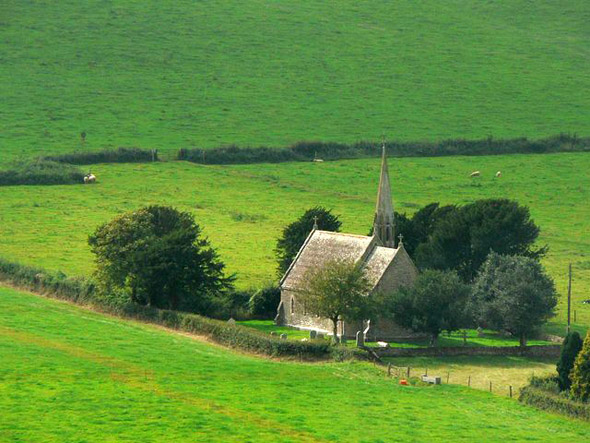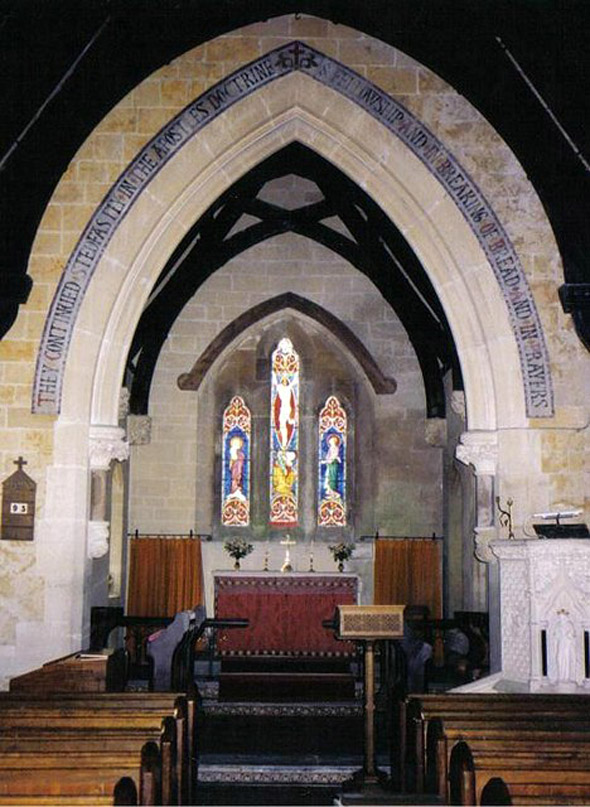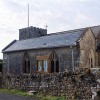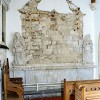North Poorton
North Poorton and the Church of St. Mary Magdalene
It was the Revd. Thomas Sanctuary the Archdeacon of Dorset and Vicar of Powerstock who commissioned the Dorchester architect John Hicks to design a replacement church for North Poorton, since the existing church was in ruins. Built in 1861-1862 the new church is thought by some to be Hick’s crowning achievement.
The consecration service took place on October 4th 1862, a day when all the trains on the line stopped, especially at Powerstock Station and for the convenience of visitors Omnibuses were operating between the Station and North Poorton. The Bishop of Oxford preached during Morning Prayers and in the afternoon Dr Wordsworth of Westminster preached at Powerstock Church. The new church is dedicated to St. Mary Magdalene.
The church was built by men from the village using local stone. It consists of a nave and chancel but its outstanding feature is a minaret tower or, as Pevsner describes it, a “turret with spire” housing a bell dated 1635. In the vestry are several monuments dating to the 18th century; these were transferred from the old Church.
The specialist carving work was done by Benjamin Grassby, who is responsible for the corbels and capitals, while the richly detailed carved stone pulpit is the work of Richard Boulton and much of the wood carving is by Thomas Champion of Frampton. Correspondence has survived from Richard Boulton to the Revd. Thomas Sanctuary and it appears that at the start of the project Benjamin Grassby was an employee of Richard Boulton but once the work was under way Grassby became employed directly by Revd. Sanctuary, something Boulton was not at all pleased about.
Early records from 1381 mention a Chapel at Poorton dedicated to St. Nicholas, but it seems from 1405 onward there has been a church here dedicated to St. Peter. The adjacent burial ground was declared full and closed in 1768. Thomas Sanctuary had been Rector for over ten years when he commissioned the new church for Poorton because the old church was “dilapidated and inadequate.”
This old church accommodated sixty-eight people, which is about what the parish population was during this time. There was a three tier pulpit and a font dating from the early 15th century. The old font stood outside the entrance to the new church until 1908, when the Rector passed the font on to the parish of Holy Trinity in Weymouth because it was “derelict”; seems an odd kindness.
Poorton comprises two hamlets: north and south which are both small and isolated. North Poorton benefits from a large 17th century farmhouse with additions from the 18th century; this stands about 200 yards from the church. Also of interest are two thatched cottages: one dating from the 17th century and the other from the early 18th century. Three centuries ago the community here was on a larger scale; many of the houses have disappeared but it remains a parish.






